Security Defender is a computer virus,which pretends to be a legitimate security program and claims that malware has been detected on your computer,however if you try to remove these infections,it will state that you need to buy this product before being able to do so.
Apart from the bogus scan results,Security Defender will display other fake security alerts that are designed to think that your data is at risk or that your computer is severely infected.These messages include:
System Security Alert
Vulnerabilities found
Background scan for security breaches was finished. Serious issues were detected. Safeguard your system against exploits, malware and viruses right now by activating Proactive Defense.
System Security Alert
Unknown program is scanning your system registry right now! Identity theft detected.
In reality, none of the reported issues are real, and are only used to scare you into buying Security Defender and stealing your personal financial information.
As part of its self-defense mechanism,Security Defender has disabled the Windows system utilities, including the Windows Task Manager and Registry Editor,and will block you from running certain programs that could lead to its removal.
This rogue antivirus has also modified your Windows files associations so that whenever you are trying start a program, Security Defender will block this operation and it will instead display a bogus notification in which will report that the file is infected.The text of this alert is:
Security Defender Firewall Alert
iexplore.exe is infected with Trojan-Clicker.Js.Agent.op. Private data can be stolen by third parties, including credit card details and passwords.
If your computer is infected with Security Defender,then you are seeing the following screens:
![Security Defender [Image: Security Defender]](http://malwaretips.com/blogs/wp-content/uploads/2013/01/security-defender.jpg)
![Security Defender Warning [Image: Security Defender Warning]](http://malwaretips.com/blogs/wp-content/uploads/2013/01/security-defender-attention-danger.jpg)
Security Defender is a scam, and you should ignore any alerts that this malicious software might generate.
Under no circumstance should you buy this rogue security software as this could lead to identity theft,and if you have, you should contact your bank and dispute the charge stating that the program is a scam and a computer virus.
Registration codes for Security Defender
As an optional step,you can use the following license key to register Security Defender and stop the fake alerts.
Security Defender License Key: xOxZxLxWxIxTxFxQxCxNxYxKxVxHxSxE
Please keep in mind that entering the above registration code will NOT remove Security Defender from your computer , instead it will just stop the fake alerts so that you’ll be able to complete our removal guide more easily.
Security Defender – Virus Removal Instructions
STEP 1: Remove Security Defender malicious files with Malwarebytes Anti-Malware
Malwarebytes Chameleon technologies will allow us to install and run a Malwarebytes Anti-Malware scan without being blocked by Security Defender.
This infection will not allow you to open your web browser, so you’ll need to right click on the Internet Explorer’s icon or any other browser’s icon, and select Run As (Windows XP) or Run as Administrator (Windows Vista, 7 and 8).This should allow you to open your web browser, so that you’ll be able to download Malwarebytes from the below link.
If you still can’t open your web browser, you’ll need to download this registry fix on a clean computer and then transfer the program to the infected computer. You can transfer the files via a CD/DVD, external drive, or USB flash drive.
- Download Malwarebytes Chameleon from the below link, and extract it to a folder in a convenient location.
MALWAREBYTES CHAMELEON DOWNLOAD LINK (This link will open a new web page from where you can download Malwarebytes Chameleon)
![Extract Malwarebytes Chameleon utility [Image: Extract Malwarebytes Chameleon utility]](data:image/gif;base64,R0lGODlhAQABAAAAACH5BAEKAAEALAAAAAABAAEAAAICTAEAOw==)
- Make certain that your infected computer is connected to the internet and then open the Malwarebytes Chameleon folder, and double-click on the svchost.exe file.
![Double click on svchost.exe [Image: Double click on svchost.exe]](data:image/gif;base64,R0lGODlhAQABAAAAACH5BAEKAAEALAAAAAABAAEAAAICTAEAOw==)
IF Malwarebytes Anti-Malware will not start, double-click on the other renamed files until you find one will work, which will be indicated by a black DOS/command prompt window. - Follow the onscreen instructions to press a key to continue and Chameleon will proceed to download and install Malwarebytes Anti-Malware for you.

- Once it has done this, it will update Malwarebytes Anti-Malware, and you’ll need to click OK when it says that the database was updated successfully.

- Malwarebytes Anti-Malware will now attempt to kill all the malicious process associated with Security Defender.Please keep in mind that this process can take up to 10 minutes, so please be patient.

- Next, Malwarebytes Anti-Malware will automatically open and perform a Quick scan for Security Defender malicious files as shown below.
![Malwarebytes Anti-Malware scanning for Security Defender [Image: Malwarebytes Anti-Malware scanning for Security Defender]](data:image/gif;base64,R0lGODlhAQABAAAAACH5BAEKAAEALAAAAAABAAEAAAICTAEAOw==)
- Upon completion of the scan, click on Show Result
![Malwarebytes when the system scan has completed [Image: Malwarebytes Anti-Malware scan results]](data:image/gif;base64,R0lGODlhAQABAAAAACH5BAEKAAEALAAAAAABAAEAAAICTAEAOw==)
- You will now be presented with a screen showing you the malware infections that Malwarebytes Anti-Malware has detected.
Make sure that everything is Checked (ticked),then click on the Remove Selected button.
![Click on Remove Selected to get rid of Security Defender [Image:Malwarebytes removing virus]](data:image/gif;base64,R0lGODlhAQABAAAAACH5BAEKAAEALAAAAAABAAEAAAICTAEAOw==)
- After your computer restarts, open Malwarebytes Anti-Malware and perform a Full System scan to verify that there are no remaining threats
STEP 2: Remove Security Defender rootkit with HitmanPro
In some cases,Security Defender will also install a rootkit on victims computer.To remove this rootkit we will use HitmanPro.
- Download HitmanPro from the below link,then double click on it to start this program.
HITMANPRO DOWNLOAD LINK (This link will open a new web page from where you can download HitmanPro)
IF you are experiencing problems while trying to start HitmanPro, you can use the Force Breach mode.To start HitmanPro in Force Breach mode, hold down the left CTRL-key when you start HitmanPro and all non-essential processes are terminated, including the malware process. (How to start HitmanPro in Force Breach mode – Video) - HitmanPro will start and you’ll need to follow the prompts (by clicking on the Next button) to start a system scan with this program.


- HitmanPro will start scanning your computer for Security Defender malicious files as seen in the image below.

- Once the scan is complete,you’ll see a screen which will display all the infected files that this utility has detected, and you’ll need to click on Next to remove this malicious files.

- Click Activate free license to start the free 30 days trial and remove all the malicious files from your computer.

STEP 3: Double check for any left over infections with Emsisoft Emergency Kit
- You can download Emsisoft Emergency Kit from the below link,then extract it to a folder in a convenient location.
EMSISOFT EMERGENCY KIT DOWNLOAD LINK ((This link will open a new web page from where you can download Emsisoft Emergency Kit) - Open the Emsisoft Emergency Kit folder and double click EmergencyKitScanner.bat, then allow this program to update itself.

- After the Emsisoft Emergency Kit has update has completed,click on the Menu tab,then select Scan PC.

- Select Smart scan and click on the SCAN button to search for Security Defender malicious files.

- When the scan will be completed,you will be presented with a screen reporting which malicious files has Emsisoft detected on your computer, and you’ll need to click on Quarantine selected objects to remove them.


![Security Defender virus [Image: Security Defender virus]](http://malwaretips.com/blogs/wp-content/uploads/2013/01/security-defender-virus1.jpg)
![Security Defender Firewall Alert [Image: Security Defender Firewall Alert]](http://malwaretips.com/blogs/wp-content/uploads/2013/01/security-defender-firewall-alert1.jpg)
![Extract Malwarebytes Chameleon utility [Image: Extract Malwarebytes Chameleon utility]](http://malwaretips.com/blogs/wp-content/uploads/2013/02/malwarebytes-chameleon-zip.jpg)
![Double click on svchost.exe [Image: Double click on svchost.exe]](http://malwaretips.com/blogs/wp-content/uploads/2013/02/malwarebytes-chameleon-svchost.jpg)
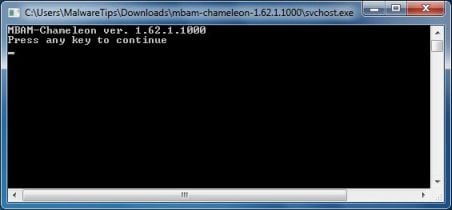
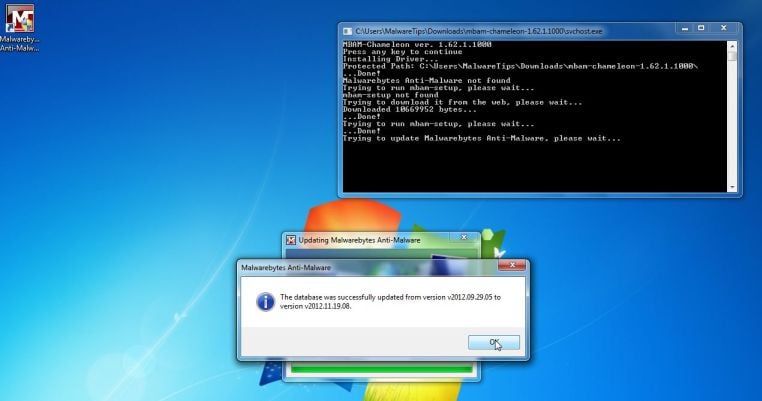
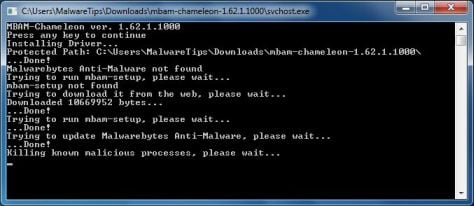
![Malwarebytes Anti-Malware scanning for Security Defender [Image: Malwarebytes Anti-Malware scanning for Security Defender]](http://malwaretips.com/blogs/wp-content/uploads/2013/01/malwarebytes-scan.jpg)
![Malwarebytes when the system scan has completed [Image: Malwarebytes Anti-Malware scan results]](http://malwaretips.com/blogs/wp-content/uploads/2013/01/malwarebytes-scan-results.jpg)
![Click on Remove Selected to get rid of Security Defender [Image:Malwarebytes removing virus]](http://malwaretips.com/blogs/wp-content/uploads/2013/01/malwarebytes-virus-removal.jpg)
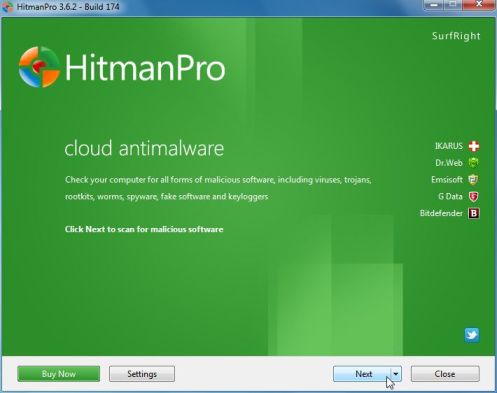
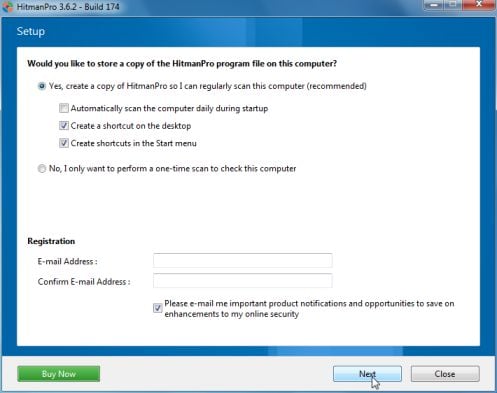
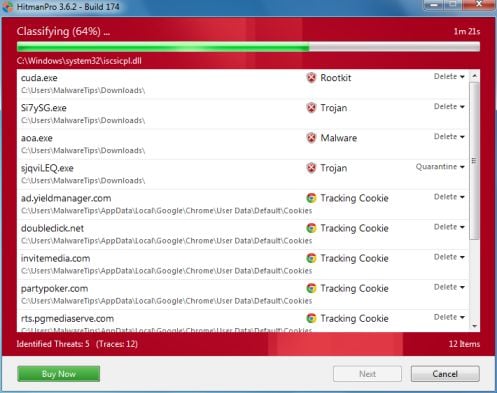
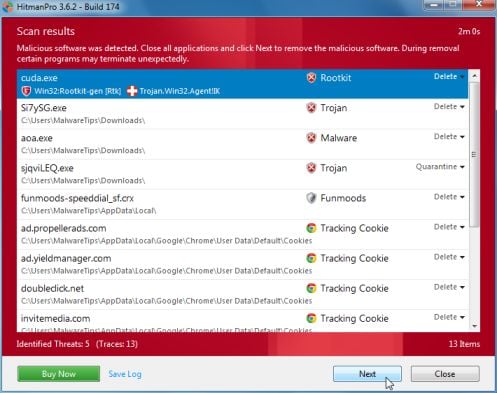
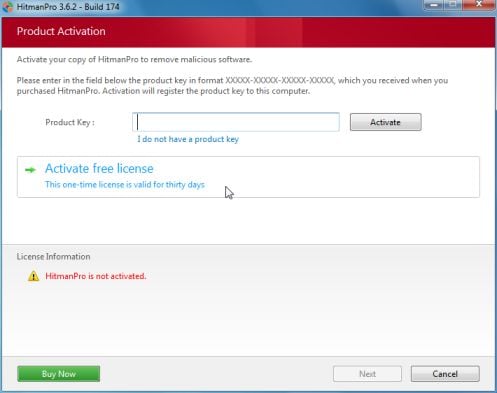
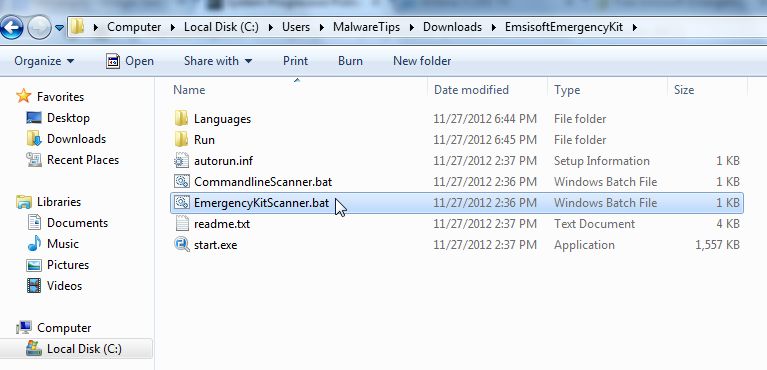
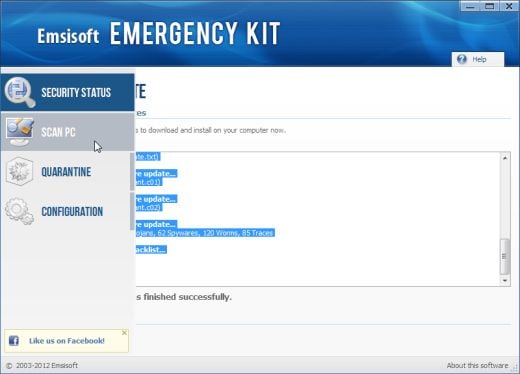
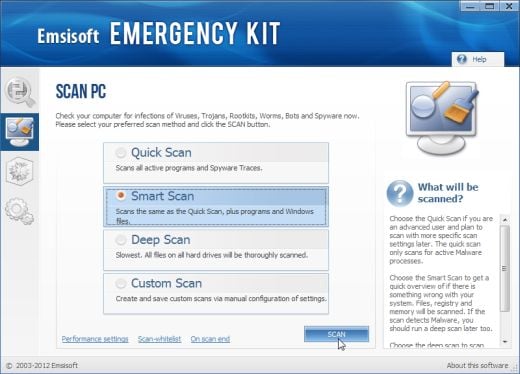
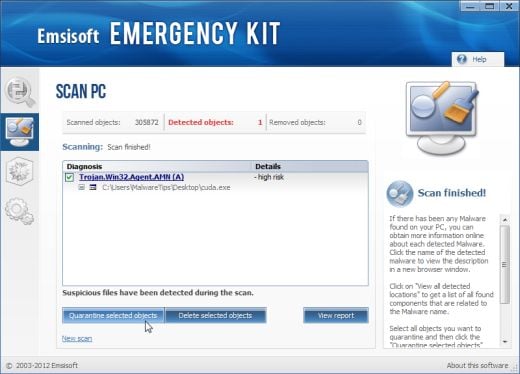










Awesome, thank you. So easy to use even for me being computer illiterate.
This was great! I have a great admiration for well written tutorials (being that I myself have to provide them to my employees etc.), and this one was by far easy to follow while going above and beyond with providing screen shots and even further steps to assist with even more stubborn malware related issues.
Thanks!
Tracy
Wow, brilliant guide, thank you. I act as my mother’s tech guru, not by choice or cos I am good, but am cheap!!!!! Your guide sorted it out and made me look good!!
Again, thank you :)
I am not good on computers. I often give up on the 1st sign of virus or system threat and ask my housemate to sort it out for me. Today I had an issue with “security defender” getting into my system. It was very annoying because I couldn’t do anything, not get into the internet, not open my desktop files. I had to borrow another laptop to search ways on how to fix it. I came accross this site and followed the detailed guide, and viola, problem solved. It took hours for the scanning to complete but the peace of mind I had after cleaning the system and knowing it’s safe is worth the wait. I have tweeted this article to let people know this was a very useful site and was legitimate. Many thanks! Keep up the good work!
Thank you very much! Your tip is very useful!
You are the best !!! Thanks for this detailed fix !!!
I just did all three steps and it worked. Thanks Stelian!
Hello Terri,
Can you please run a scan with the below tools:
STEP 1: Run a scan with RogueKiller
RogueKiller Download Link (This link will automatically download RogueKiller on your computer)
STEP 2: Run a scan with Emsisoft Emergency Kit.
EMSISOFT EMERGENCY KIT DOWNLOAD LINK (This link will open a download page in a new window from where you can download Emsisoft Emergency Kit)
STEP 3: Run a scan with Eset Online Scanner.
ESET Online Scanner Download Link (This link will automatically download ESET Online Scanner on your computer.)
NEXT,please re-run a scan with HitmanPro and Malwarebytes.
Good luck!
I still am having no luck removing it keeps saying that malwarebytes anti-malware has stopped working and I can’t get past that step. Any other suggestions?
Hello Ellie,
It looks like you have a ZeroAccess rootkit (or at least a left over part of it) on your computer.
Can you please run a scan with the below tools:
STEP 1: Run a scan with RogueKiller
RogueKiller Download Link (This link will automatically download RogueKiller on your computer)
STEP 2: Run a scan with Emsisoft Emergency Kit.
EMSISOFT EMERGENCY KIT DOWNLOAD LINK (This link will open a download page in a new window from where you can download Emsisoft Emergency Kit)
STEP 3: Run a scan with Eset Online Scanner.
ESET Online Scanner Download Link (This link will automatically download ESET Online Scanner on your computer.)
NEXT,please re-run a scan with HitmanPro and Malwarebytes.
Good luck!
I followed these steps and worked fine, but the virus was back the next day… And seems like i cant remove it now same way as before! Any advice?
Hello Keith,
The lincese key is option, if it doesn’t work, it means that you have a new version of this virus! Just go ahead with the removal guide, and you should be fine!
Seem to not be able to get product key to work, says its invalid. Any suggestions?
thank you
Great guide, thanks so much fr the help. You re a scholar and a gentleman!
Dear Stelian,
I express my deep thankfulness to your knowledge and guide to remove the malware Security Defender. I also got it whith an e-mail of Fed Ex informing me about a parcel I should fetch at the next post office.
Thanks again. Whishing you and the Greek people all the best! Hans
Thank you so much!!
Thank you so much, you are a life saver! Excellent, very clear instructions for us non-techies!
Does this same process work for any malware or is it specific to Security Defender? I got it when someone opened an undeliverable package e-mail supposedly from Federal Express on my computer. During one step of the process (can’t remember which one) I saw “fraud.fedexword” in the results. I don’t know what that is but I don’t like the sound of it. Is that a whole other infection or is it a part of Security Defender? Now that I have run all these steps and rid myself of Security Defender, can I be sure that this fraud.fedexword is gone as well?
THANK YOU SO MUCH! Works like a charm!
thanks for your article. i got the virus by opening a email that suppose to be my package and dlin the receipt with the virus i guess they fooled me.
Sr. Thanks for your information and your steps where easy to follow. best egards from Chicago..thaks a lot again.
Thank you, thank you, thank you so much for this! <3
Brilliant! I wish I had known this before I took it in to a computer guy! I will remember it next time, though. Thanks so much!
great. thanks for your help
Thanks mate, I’m going to use this now.
I’m indebted to you. You are a wonderful person. No other article I could find was of any help. They kept missing the point that I couldn’t execute any program with this infection. You saved me. Thank you so much.
thank you! thank you! couldn’t have done it without you!